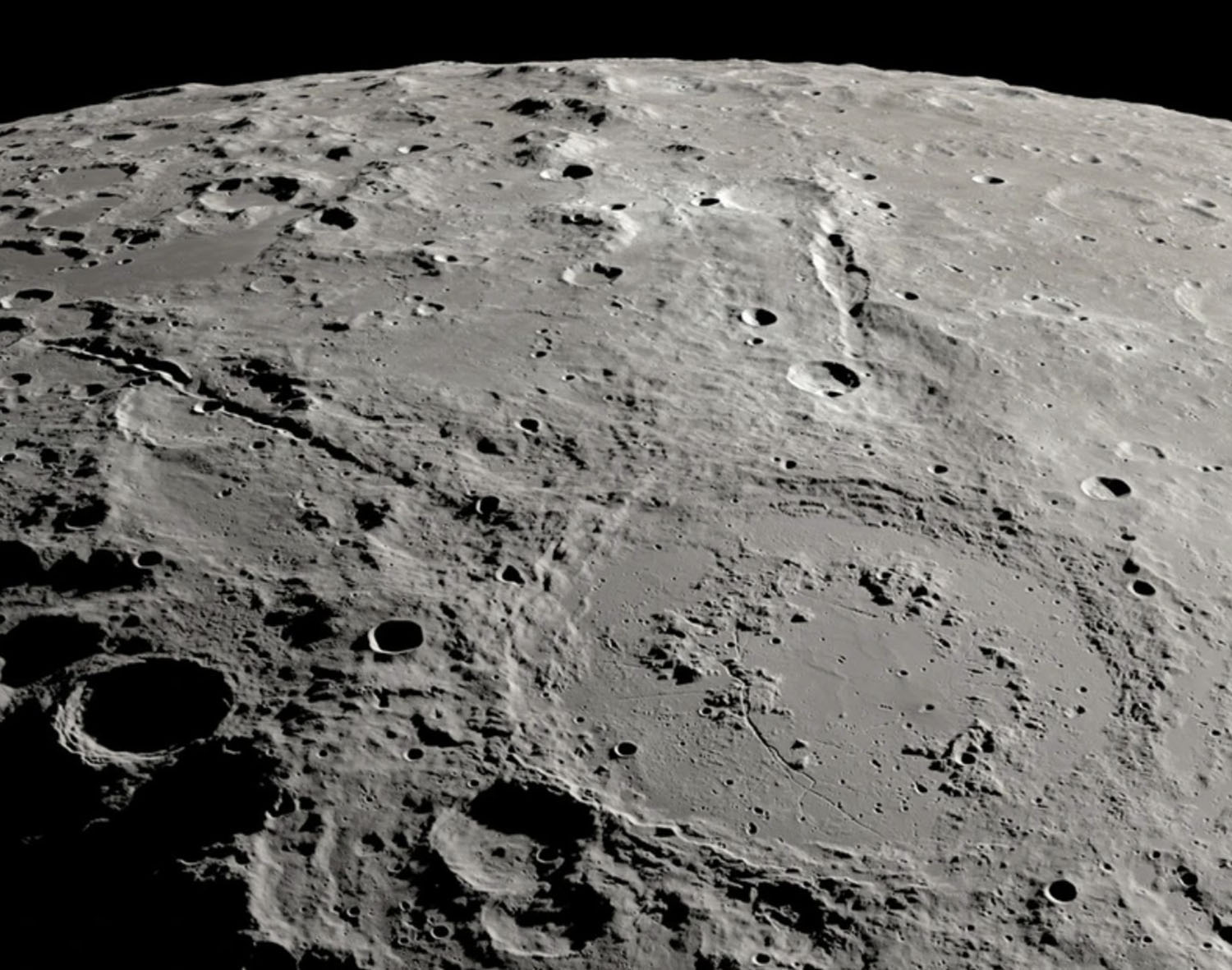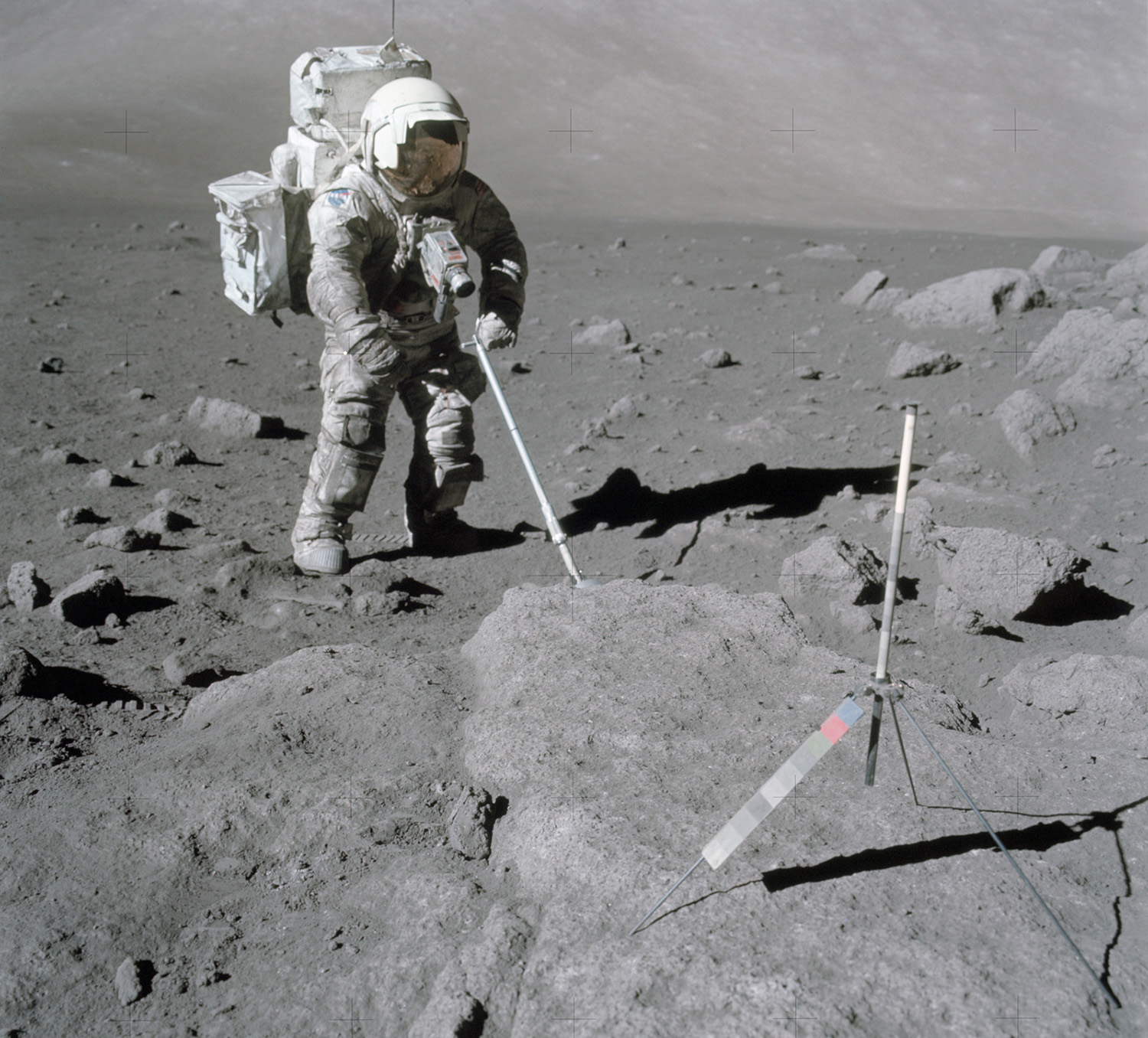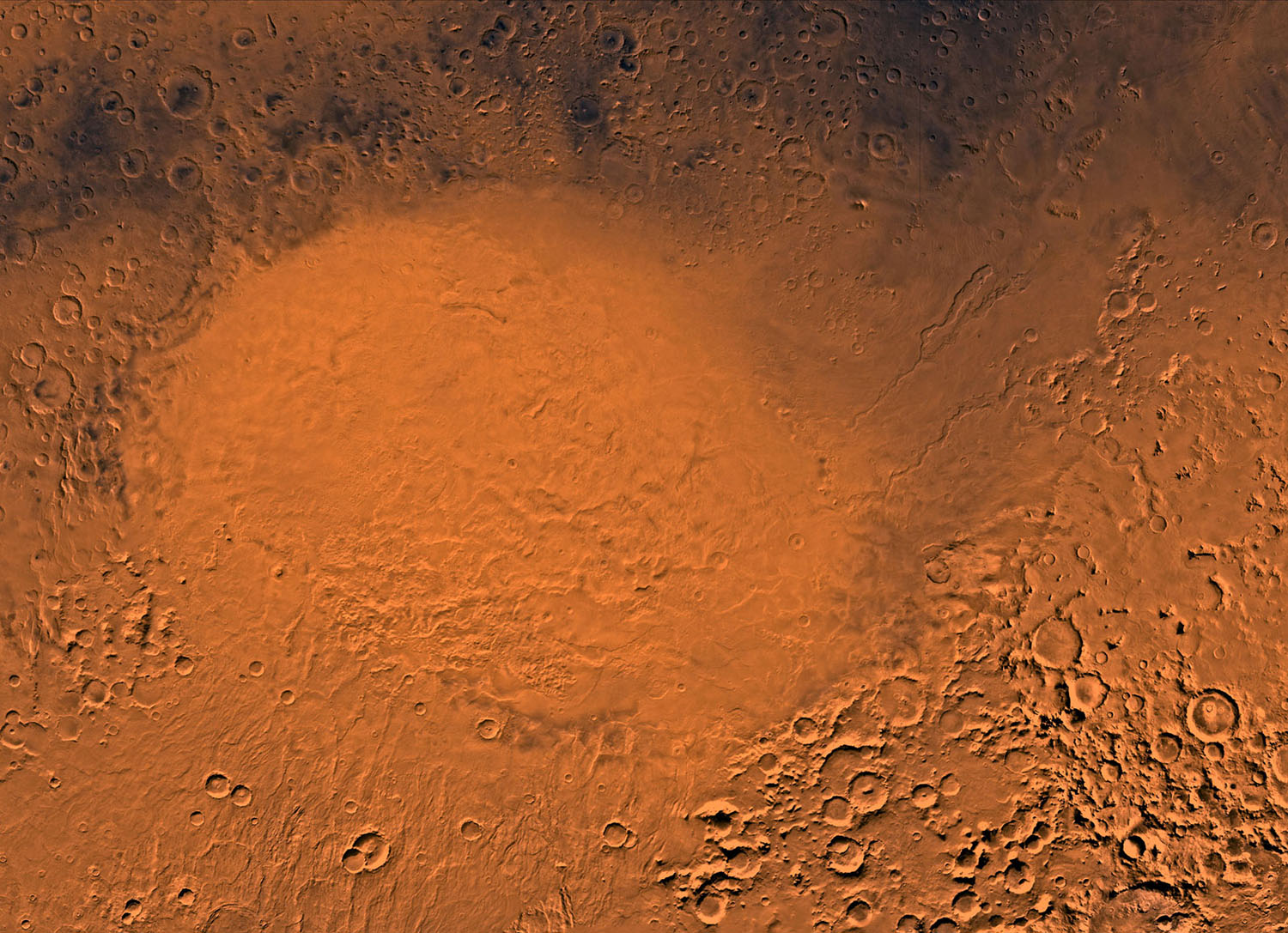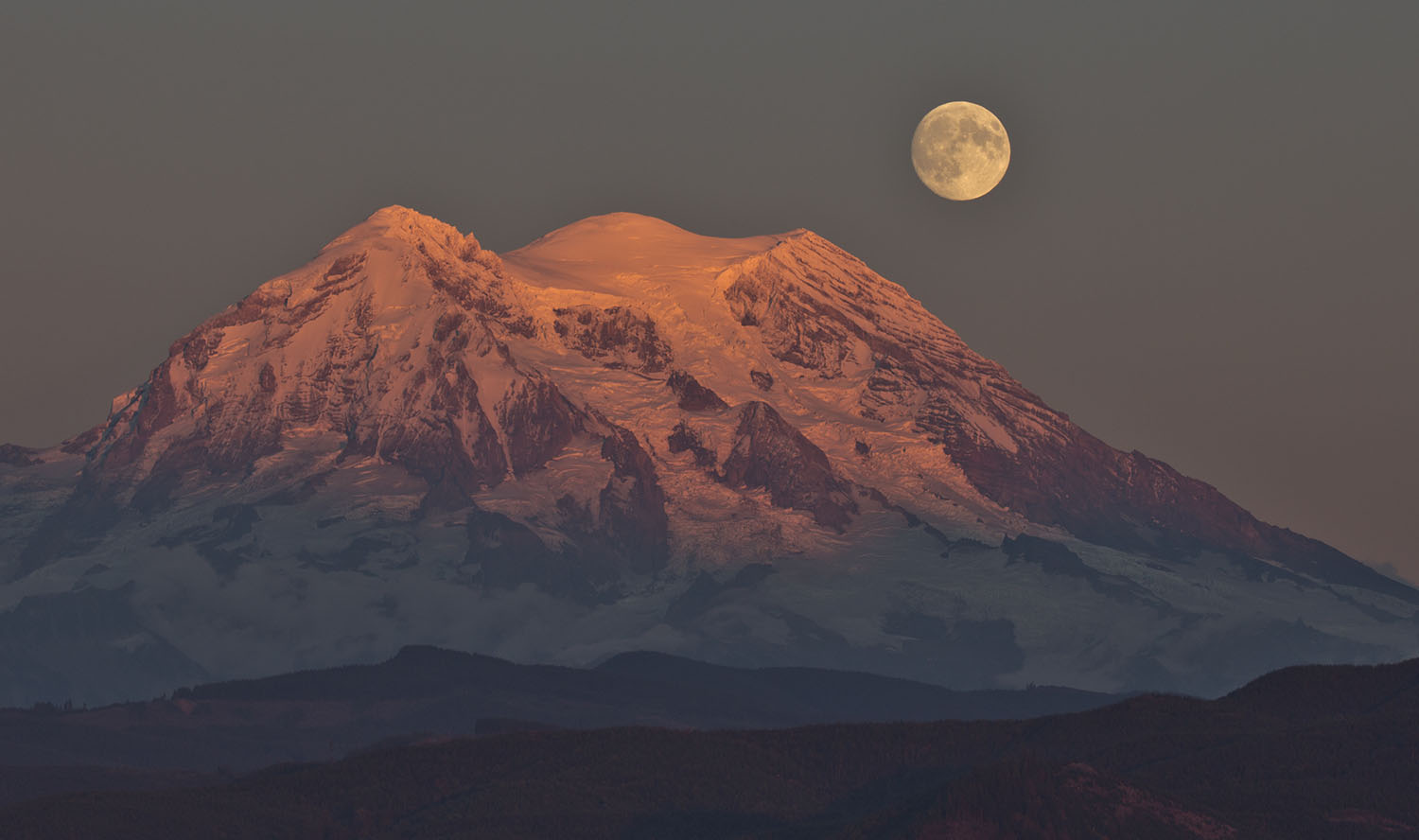The Moon’s Grand Canyons
Scientists say two canyons on the far side of the Moon took about 10 minutes to form.

Ernest T. Wright/NASA/SVS
Two canyons on the far side of the Moon look like trenches stretching out of a large crater.
Two canyons on the far side of the Moon are somewhat similar to the Grand Canyon in Arizona. But while Earth’s Grand Canyon was carved out by water over millions of years, new research shows that the canyons on the Moon formed in about 10 minutes.
The lunar canyons are long and narrow, extending out from a huge crater in straight lines. Hoping to learn how the canyons formed, scientists mapped them using data from a lunar orbiter. They learned that, about 3.8 billion years ago, an asteroid or comet hit the Moon, creating the crater and sending rocky debris flying at up to 2,200 miles per hour (3,600 kilometers per hour). A curtain of rocks fell back down and hit the Moon several times, creating rows of small craters that lined up to form the two canyons.
“Those clusters of rock in that curtain hit the lunar surface in just a staccato series of impacts—bang, bang, bang, bang, bang, bang,” David Kring of the Lunar and Planetary Institute of the Universities Space Research Association told National Public Radio.
Researchers calculated that all this took only about 10 minutes.
The two lunar canyons are smaller than the Grand Canyon but still quite large. One of them, called Vallis Planck, is about 174 miles (280 km) long and 2.2 miles (3.5 km) deep. The other canyon, called Vallis Schrödinger, is about 168 miles (270 km) long and 1.7 miles (2.7 km) deep. The asteroid that started it all was larger than the asteroid that led to the end of the dinosaur age 66 million years ago.
Since they’re on the Moon’s far side, we can’t see Vallis Planck or Vallis Schrödinger from Earth. But other lunar canyons are visible to us when the sky is clear. They look like white lines radiating out from a crater.



